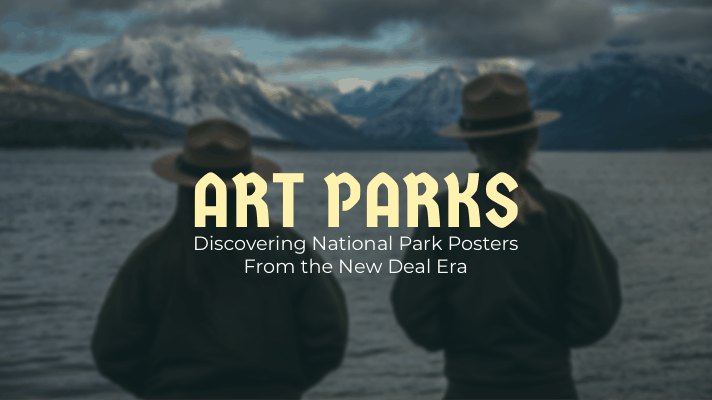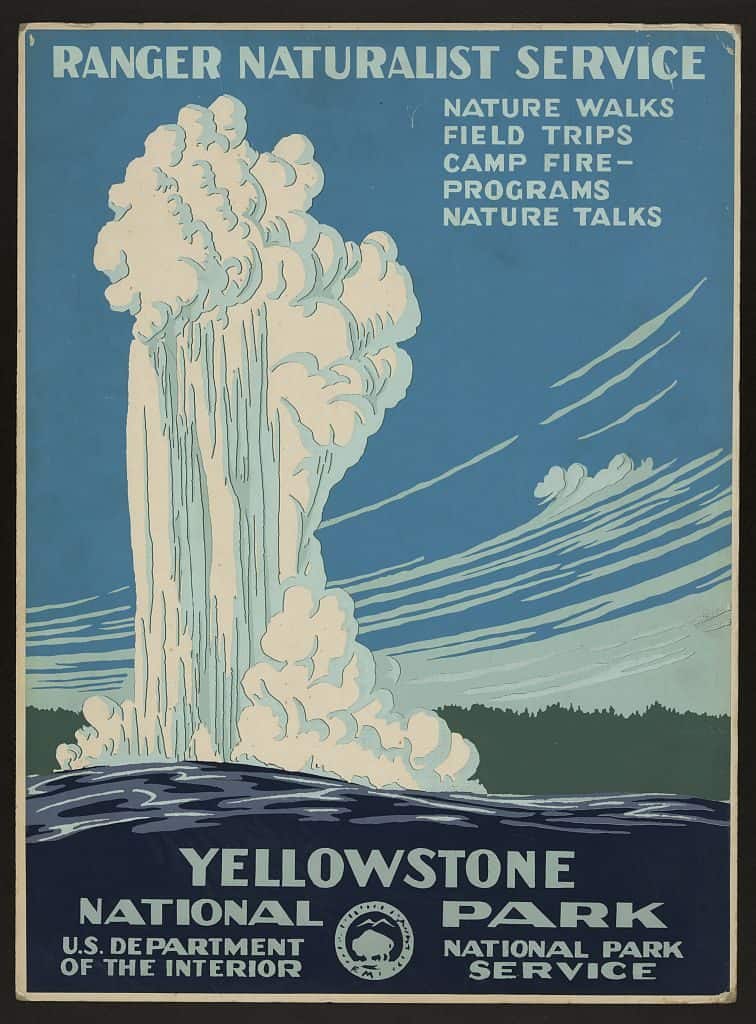
This google forums mini lesson allows students to utilize a lot of historical thinking skills, including sourcing, contextualization, and close reading. An activity like this allows students to work with the primary source and make their own analysis of the document rather than reading sources secondhand from a textbook. It’s an extremely visual activity in comparison to reading, and the activity relates to key vocab found in most World War I units. Also, since I chose to not make the forum a quiz, students can collaborate and answer the open ended questions together. Additionally, I could see the forum formatting useful for a lot of different activities, with the most useful one being an exit slip for a formative assessment tool. I can very easily see myself using something like I created today in my classrooms in the future.




